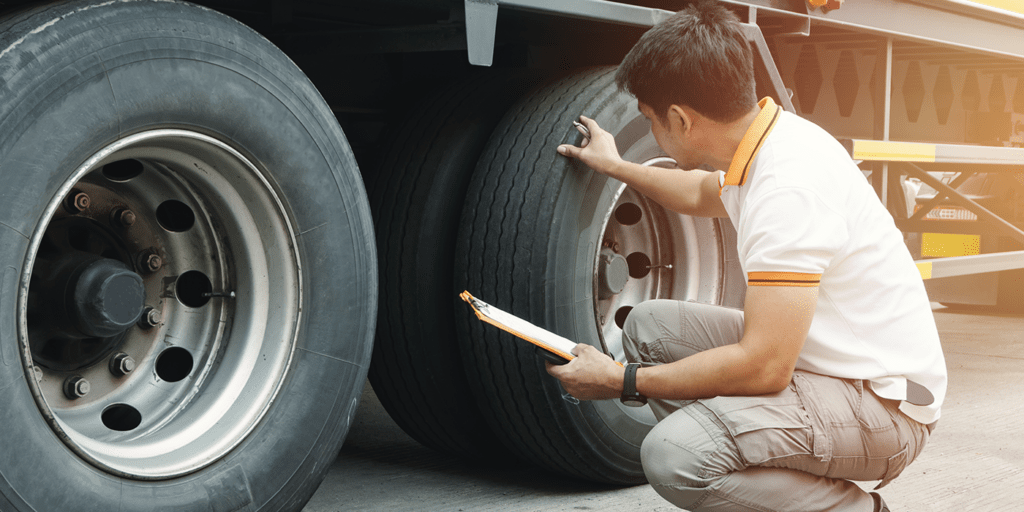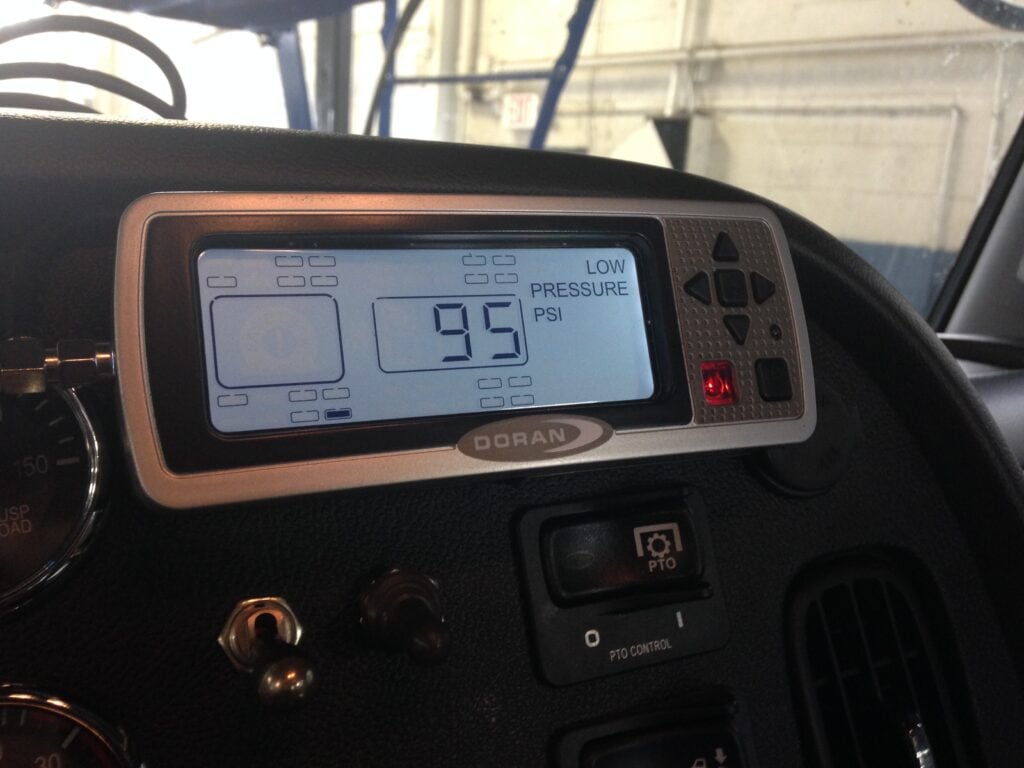
The last few years have been brutal for anyone looking to buy tires. In 2021, we saw a historic number of price increases. The average manufacturer raised prices three or four times, resulting in a total 20% increase.
Manufacturers predicted that prices would keep going up in 2022. And halfway through the second quarter, there’s no question that they were right. Companies started raising prices in January — and they’re still going.
With inflation also at a historic high, it would be easy to blame this problem on the economy. Unfortunately, the situation is far more complicated — and it will take time to recover.
Why Tire Prices Keep Rising
To understand rising tire prices, you have to start with the raw materials. Most of the world’s rubber comes from rubber trees in Southeast Asia. But in recent years, a leaf fungus has been attacking and killing these trees.
Further, plantation owners haven’t been replacing all the lost trees. That’s because rubber prices have been quite low in recent years. So low, in fact, that in 2019, Thailand’s government approved a plan to cut rubber plantations by 21%. The hope was to reduce supply and increase rubber’s value by more than threefold. Now that demand has risen, it will take time to meet that need.
Meanwhile, congestion at global ports continues to slow the supply chain. Due to COVID-19 protocols, China has been sending fewer ships. That’s given western U.S. ports time to catch up on receiving containers. However, they’ll likely lose that ground as soon as China begins sending their backlog of shipments.
Add to this wage growth (that still hasn’t caught up with inflation), increased transportation costs, driver shortages, and plant shutdowns. It quickly becomes clear why tire manufacturers have to keep raising their prices. But that leaves fleet managers with a big question: How do we survive?
Surviving Price Hikes with Good Maintenance
With ever-rising tire prices, fleets have no choice but to make their tires last as long as possible. But this can be a dangerous proposition if not done right.
Worn down tires are more likely to hydroplane on wet roads, overheat or have a blowout. They make handling more difficult and slow your stopping time. Because of this, making your tires last can’t be about simply pushing them to their limits. Instead, you need to take steps to actually extend their useful lives.

Inspect Tires Regularly
Small damages can easily turn into dangerous blowouts if left unchecked. Make sure your drivers are inspecting their tires for debris, cuts, and any unusual wear and tear. The investment to fix these problems before they grow is well worth your time and money.
Rotate and Align Tires
Prevent your tires from wearing unevenly by regularly rotating and aligning your tires. Most tires should be rotated every 5,000 to 8,000 miles, though recommendations may vary by manufacturer.
Practice Safe Driving
Stopping suddenly, speeding, or accelerating quickly are all dangerous practices for commercial vehicles. But they also cause excessive wear and tear on your tires. Make sure to promote safe driving practices and talk with drivers whose tires seem to have excessive wear and tear.
Invest in a Quality Tire Monitoring System
Tires are designed to work at an optimal air pressure. Improper inflation creates uneven treadwear. It increases friction, making your tires more likely to overheat and cause a blowout. Underinflation can even make your tires more vulnerable to sharp debris because an underinflated tire is a weak tire. If you want to extend the life of your tires, a tire monitoring system is a must.
Doran 360TM TPMS is a great example of what tire monitoring can do for you. It begins with our wireless sensors. These sensors are installed on every tire’s valve stem and continuously transmit pressure and temperature data. An in-cab monitor receives the data so drivers have constant access to real-time pressure readings.
Our “Green Means GoodTM” indicator light lets drivers see at a glance that all tires are operating at their optimal pressures. At the press of a button, drivers can also see individual data for each tire position.
Of course, we know that emergencies sometimes happen. That’s why Doran 360TM TPMS has built-in alarms to warn of fast leaks, low tire pressure, and high temperatures. When a driver hears the alarm, they know to quickly pull over to safety, helping to potentially save the tire — and themselves.

Equip Your Fleet with Doran TPMS
With tire prices still rising, now is the time to invest in your tires’ long-term care. Doran has solutions for fleets on the highway, in mines, on farmland and more. We’d love to hear about your unique needs and discuss solutions that will work for you. Send us a message or call today!
